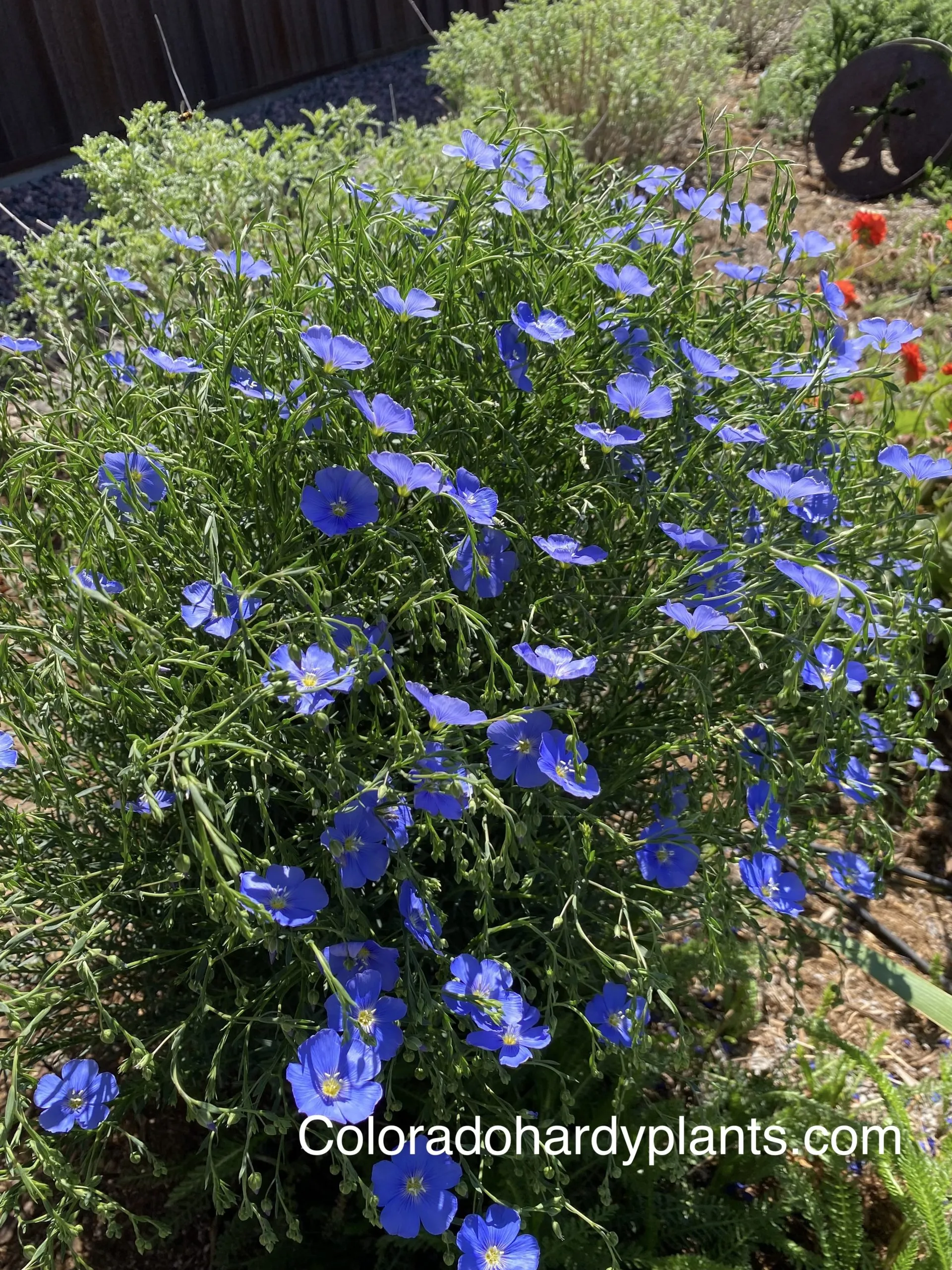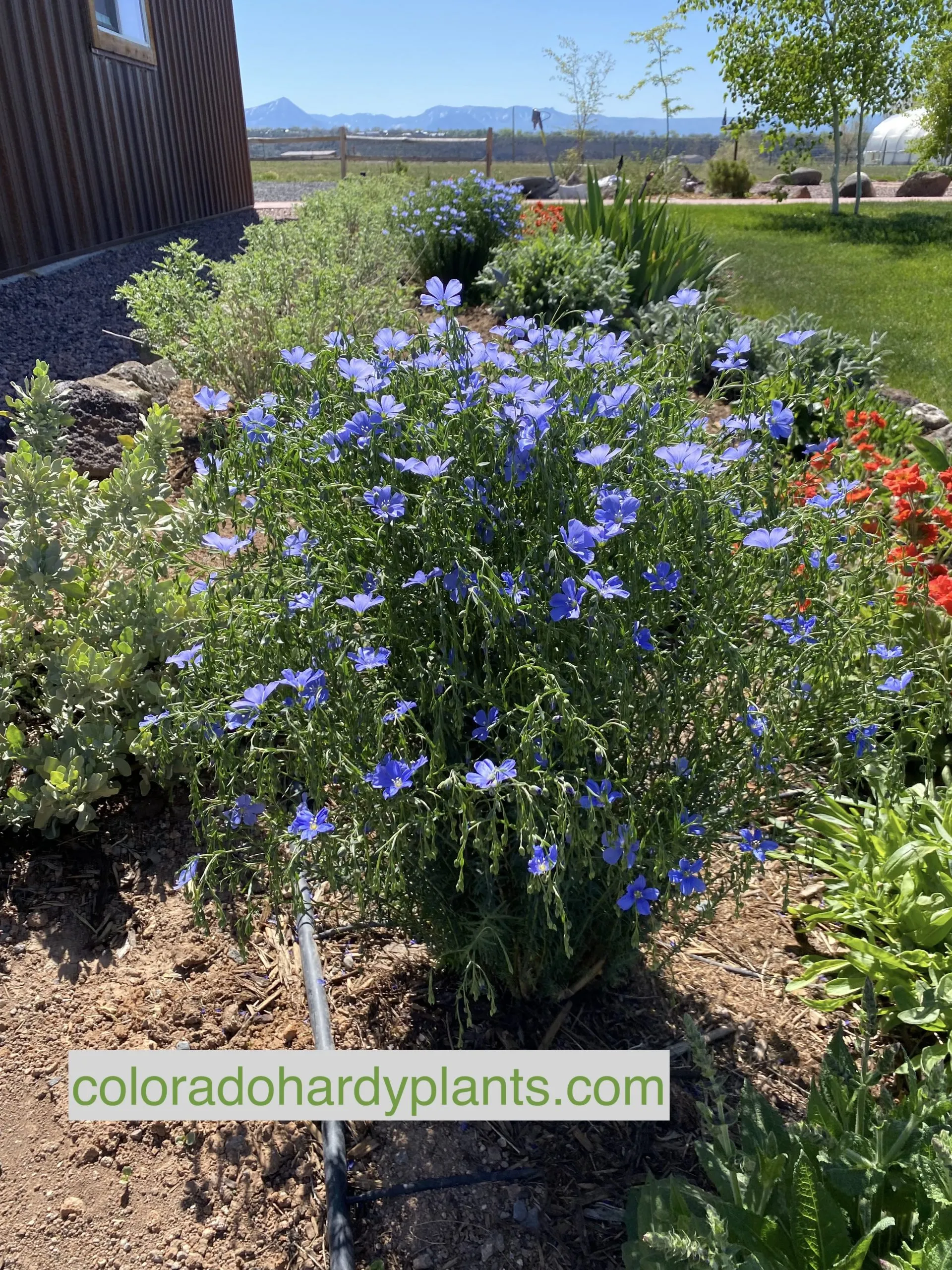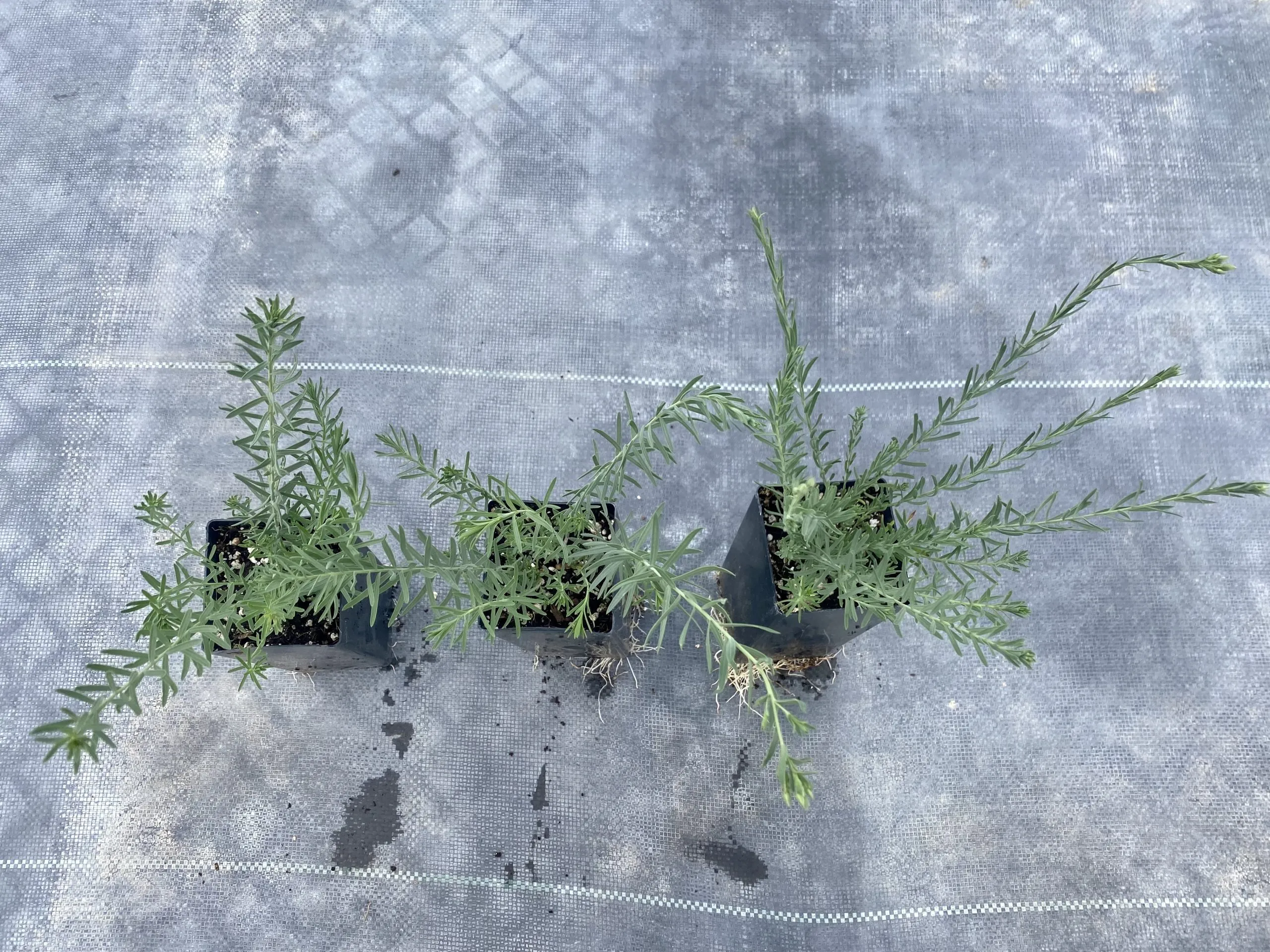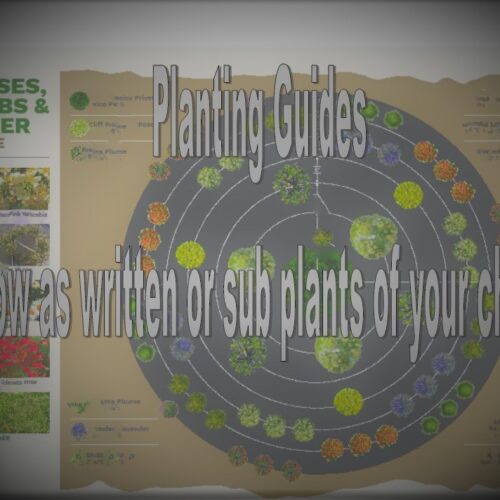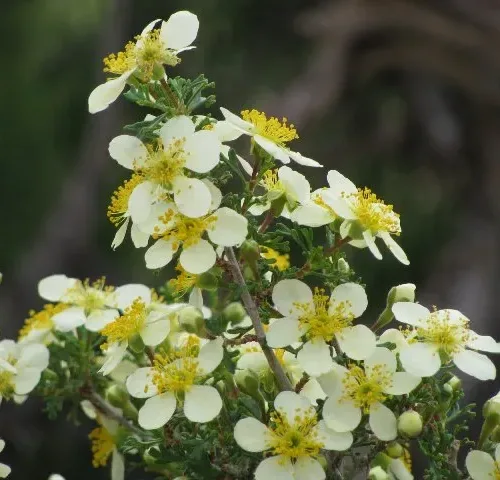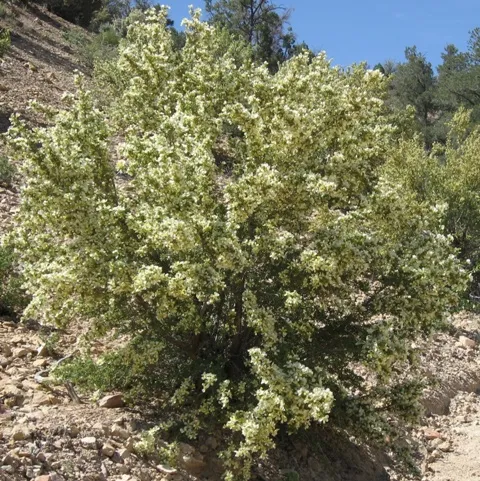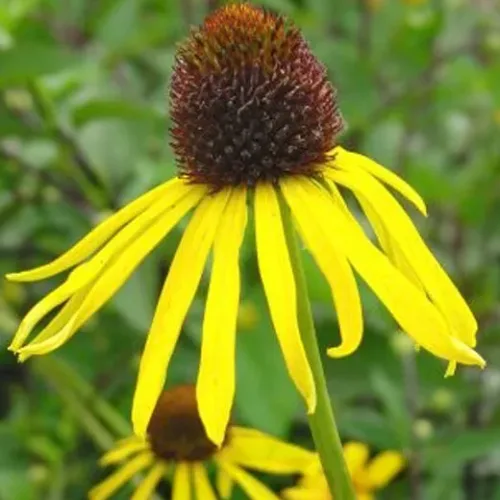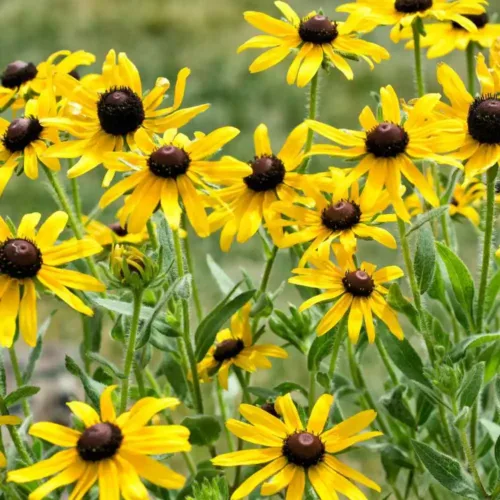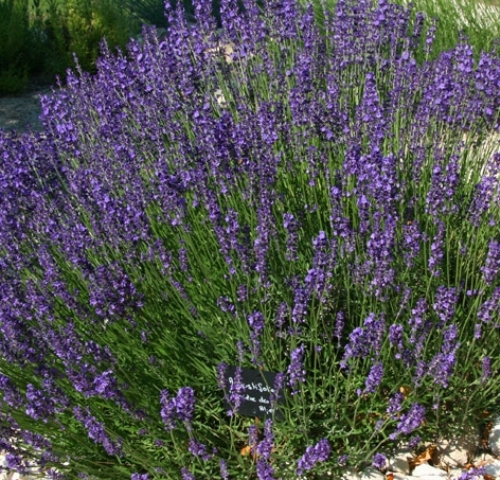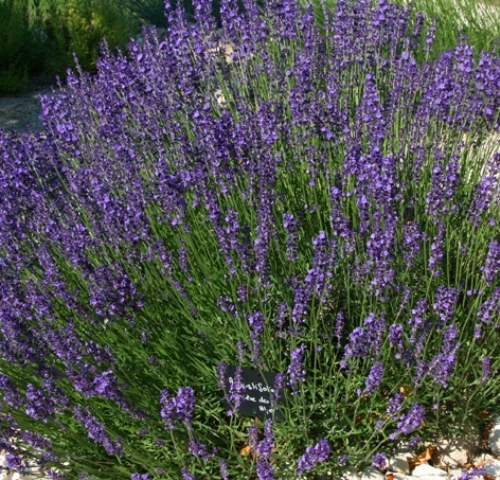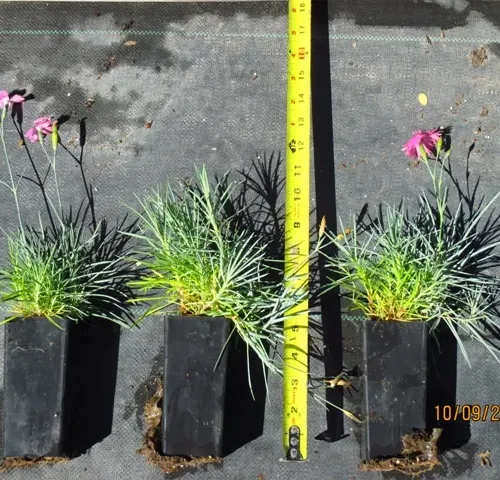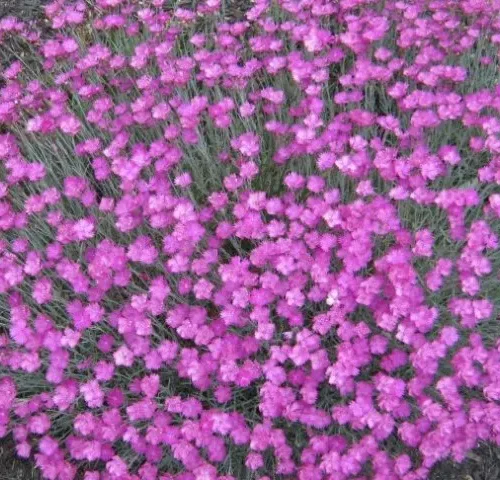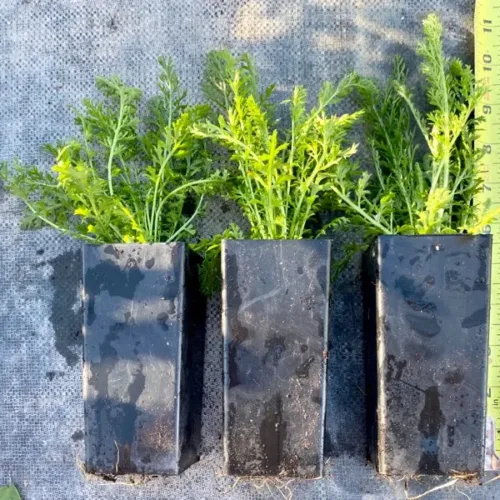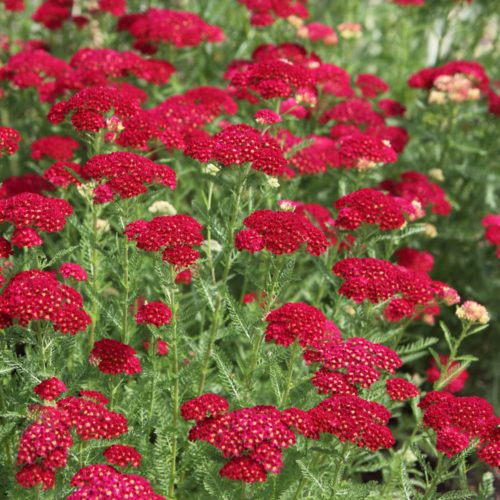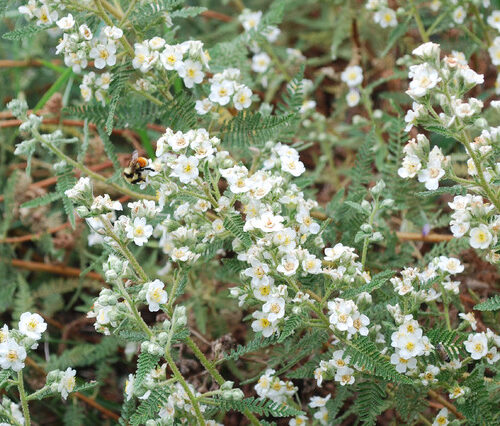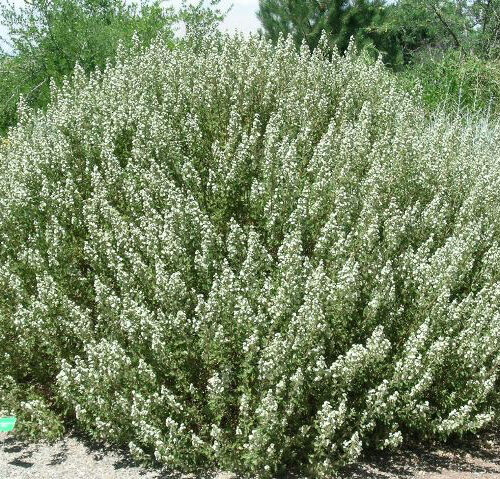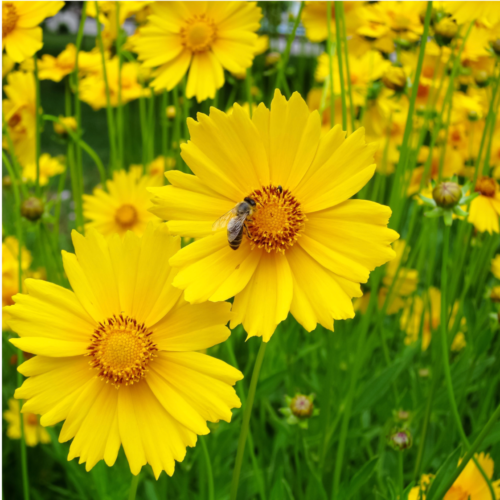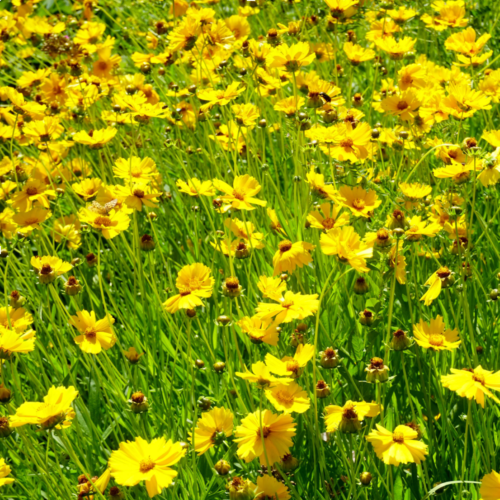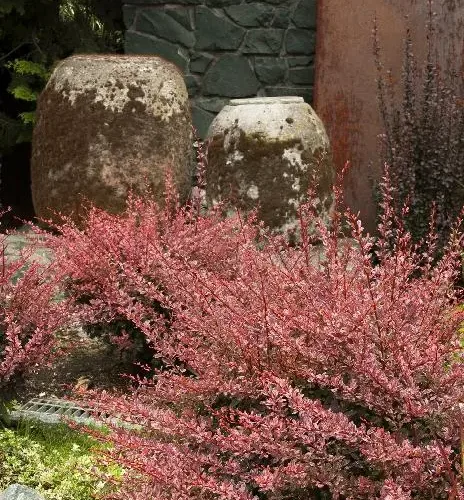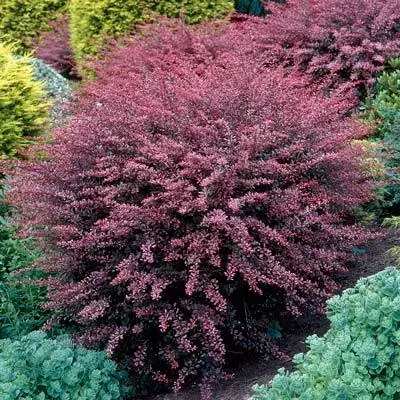Description
Blue Flax adds a striking blue twist to gardens and also is easy to grow due to its tolerance to dry, sandy soils and ability to do well in full-sun to part-shade. Although its ideal location is an open area with full-sun, non-clay soils. In these ideal growing situations, Flax will establish relatively quickly and spread via seed to provide excellent and beautiful erosion control or fire breaks.
Also called Lewis Flax or Prairie Flax, this 13-18″ tall plant bursts with flowers for 6 weeks! (Also note, that flowers close each evening and open again in the morning.) Flax is considered somewhat deer resistant while flowering but wildlife will browse on the leafy greens in the fall.
Known for their excellent cold winter and drought tolerance, these plants which can be found from Alaska to California and east to Minnesota. Just look in mixed-grass, sagebrush, piñon-juniper, mountain aspen communities, and in coniferous forests to find these 5-pedal dreams.
In addition to diversifying a garden or providing much-needed erosion control, the Blue Flax plant has many medicinal uses from eye cream to digestion support. (Read more here)
Fun Fact: Lewis Flax is named for Captain Meriwether Lewis of the famed Lewis and Clark expedition. It is thought that this plant was discovered in 1806 on their famous journey. To see more history about Blue Flax, click here.

